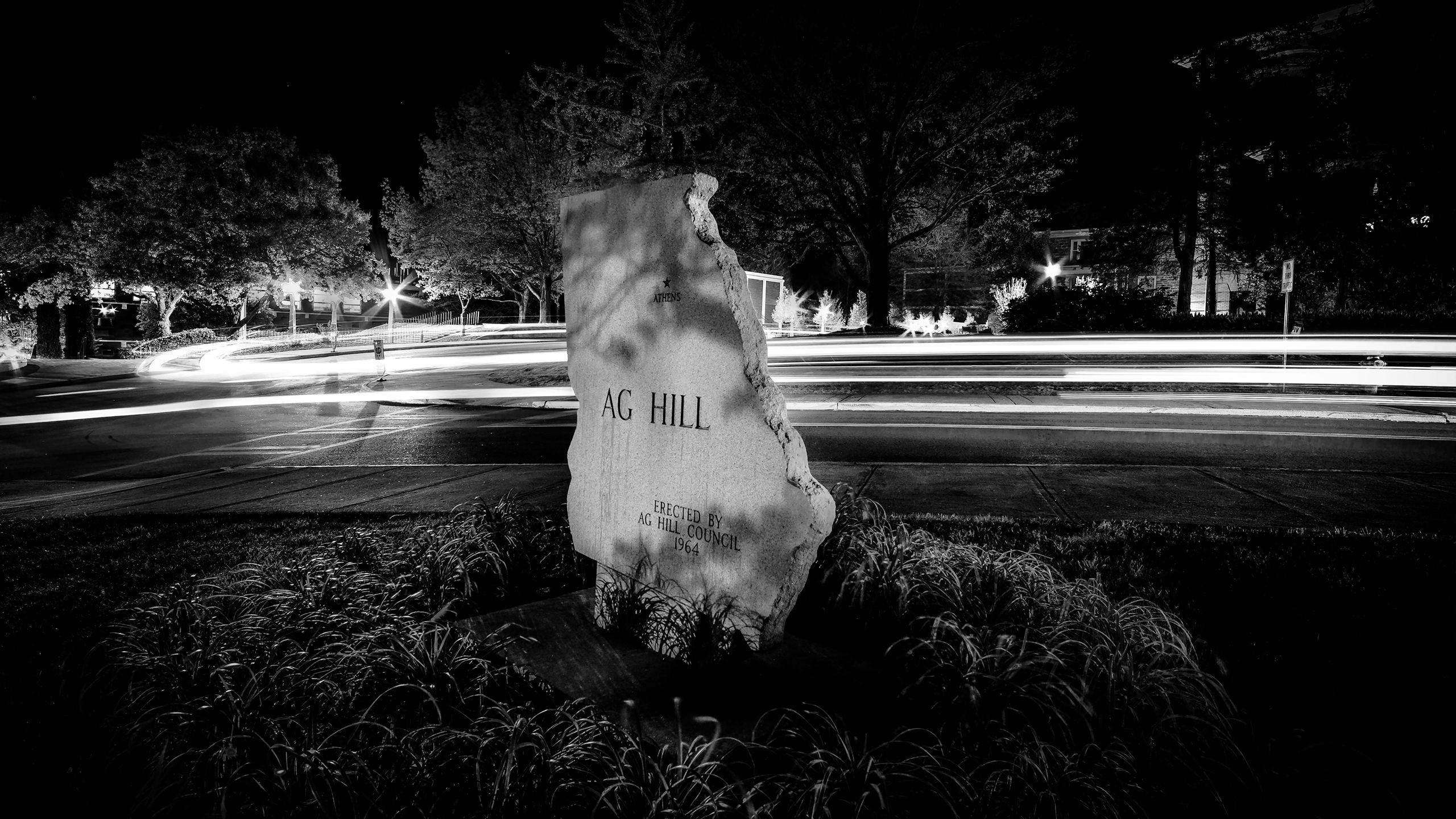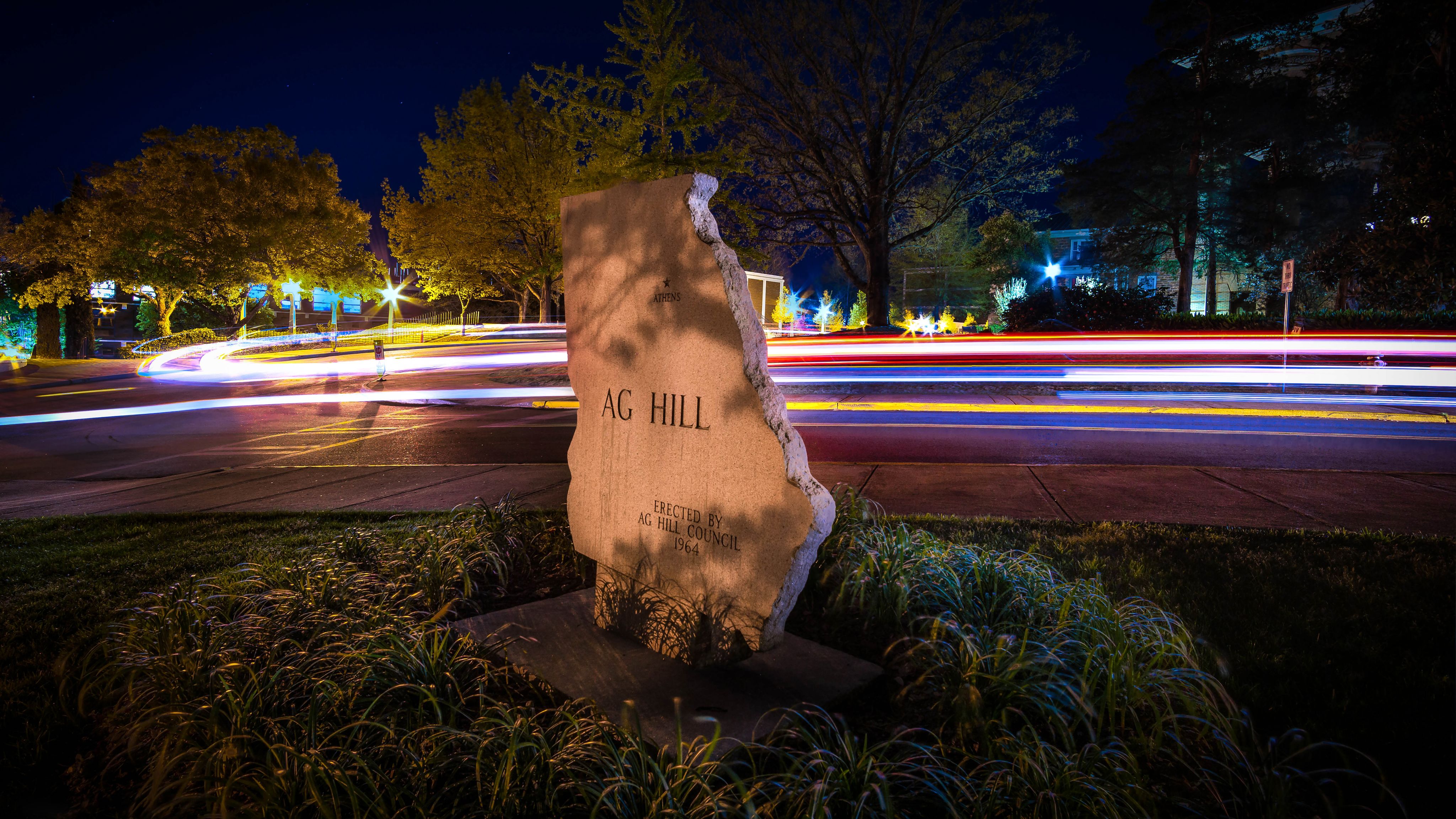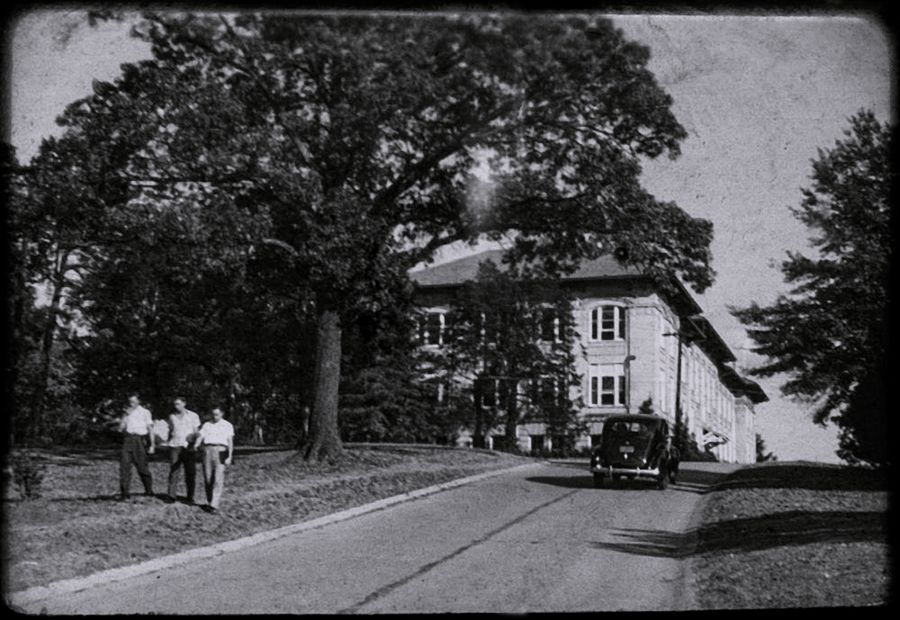Putting the Science in Ag Hill


The face of Ag Hill is changing, with millions of dollars in capital improvements and new facilities in the works, and both the University of Georgia and the College of Agricultural and Environmental Sciences are committed to supporting the mission and the tradition the hill represents.
Now known as Science and Ag Hill to recognize the location as a hub for a variety of related disciplines on South Campus — including agricultural, poultry and food sciences as well as chemistry, biology, physics, statistics, geography and geology — the area holds both academic and historic significance.
“The College of Agricultural and Environmental Sciences plays a vital role in advancing research and outreach at UGA that directly impacts the lives of people across the state and around the world,” said S. Jack Hu, the university’s senior vice president for academic affairs and provost. “Our strategic investments in world-class facilities such as the Science and Ag Hill renovation and the new Poultry Science Building demonstrate UGA’s commitment to building upon our legacy of leadership in agricultural instruction, research and service.”
CAES alumni have great pride in Science and Ag Hill, both as a modern representation of the progress being made and as a symbol of the legacy of agricultural sciences at UGA.
Founded in 1859 by the University Board of Regents, CAES, then known as the College of Agriculture, was housed in Conner Hall, the first building built on South Campus and first of several buildings that housed the university's agriculture programs on what came to be known as Ag Hill.
The Ag Hill marker was erected in 1964 through the efforts of the Ag Hill Council, a student organization made up of CAES students. During the 1963-64 academic year, Ag Hill Council president William “Bud” Dorsey and other council members championed the creation and location of the marker near the intersection of Cedar Street and D.W. Brooks Drive adjacent to Conner Hall.
In a letter on behalf of the Ag Hill Council printed in the April 1963 issue of student magazine The Georgia Agriculturalist, Dorsey wrote, “From this group of dedicated students came a plan to erect a monument to permanently designate this part of campus as Ag Hill. … The funds for this monument are to be contributions given by students, faculty, alumni and all other interested people. We feel that this is a nominal cost when compared with the wealth Ag Hill has given to its students.”
William “Billy” Nessmith took over as president of the Ag Hill Council from Dorsey, who earned his undergraduate degree from CAES in 1962 and graduated from the UGA College of Veterinary Medicine in 1964 before the marker was erected that fall. Dorsey died in 1977.
Students walk from Conner Hall on Cedar Street in 1956. (Photo courtesy of Hargrett Rare Book and Manuscript Library/University of Georgia Libraries)
Students walk from Conner Hall on Cedar Street in 1956. (Photo courtesy of Hargrett Rare Book and Manuscript Library/University of Georgia Libraries)
“The Ag Hill marker represents the heritage of Ag Hill and the thousands of students who have been through the College of Agricultural and Environmental Sciences, and I am proud to have been a part of the organization that helped to preserve that heritage so that Ag Hill does not get lost in history,” said Nessmith, who earned a degree in animal science from CAES in 1965 before going on to graduate from the UGA School of Veterinary Medicine.
Laurabeth Bland, a 2022 agricultural communication graduate, said Ag Hill was an academic and social home for her during her time at CAES.
“I loved my time on Ag Hill, in Conner Hall taking classes, hanging out and working in the dean’s office as a student. It felt like a home base for many reasons. I always knew I was going to see folks I knew there, and it always felt like a home to me,” said Bland, who worked as a tour guide for the UGA Visitors Center and as a CAES Ambassador.
“As CAES students, we always laughed about having the strongest muscles in our legs from climbing Ag Hill every day,” the Statesboro, Georgia, native said. “I enjoyed talking to people about Ag Hill and the different classes offered at CAES, the degrees offered and the experiential learning opportunities available. That opened a gateway for me to talk to people about the agriculture industry and the impact that agriculture has in Georgia and the nation.”
Bland, who works as a seed sales representative for Corteva Agriscience in south Georgia, is proud that Ag Hill still remains an important part of the history and an essential part of the future at UGA.
“It is something that I found a lot of pride in,” she added.
Learn more about studying on Science and Ag Hill at caes.uga.edu/students. Get involved with CAES alumni like Bland at caes.uga.edu/alumni.
Did you enjoy this story?
Check out recent issues of the Almanac for more great stories like this one.




